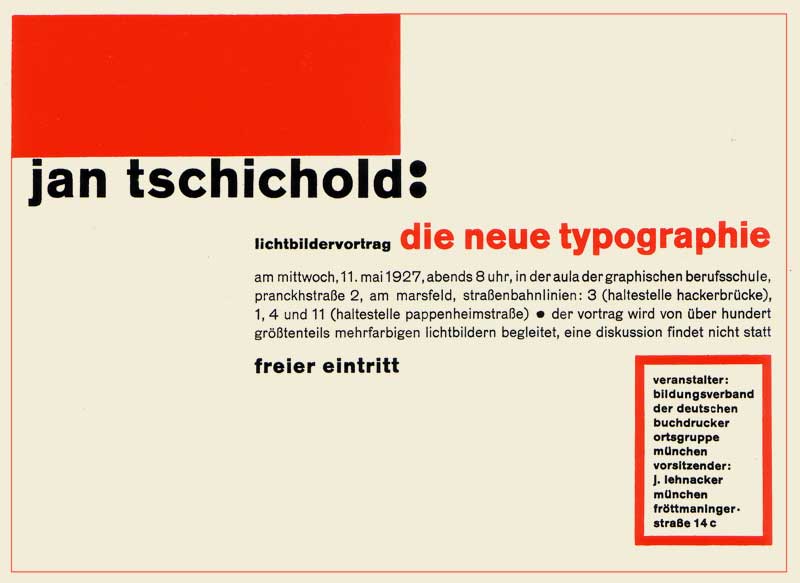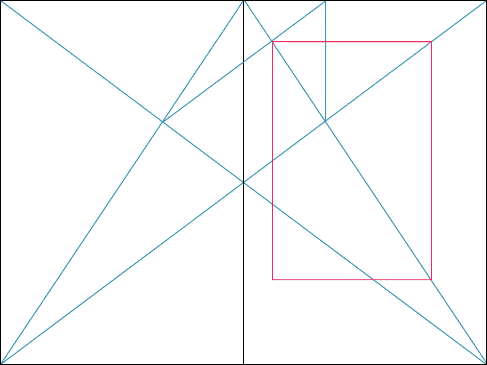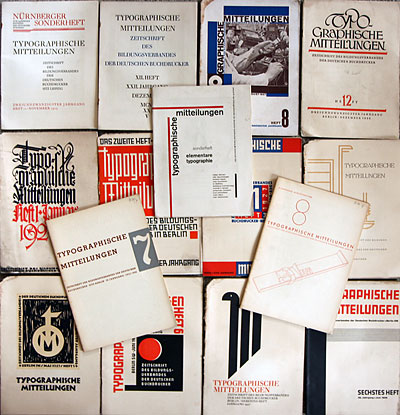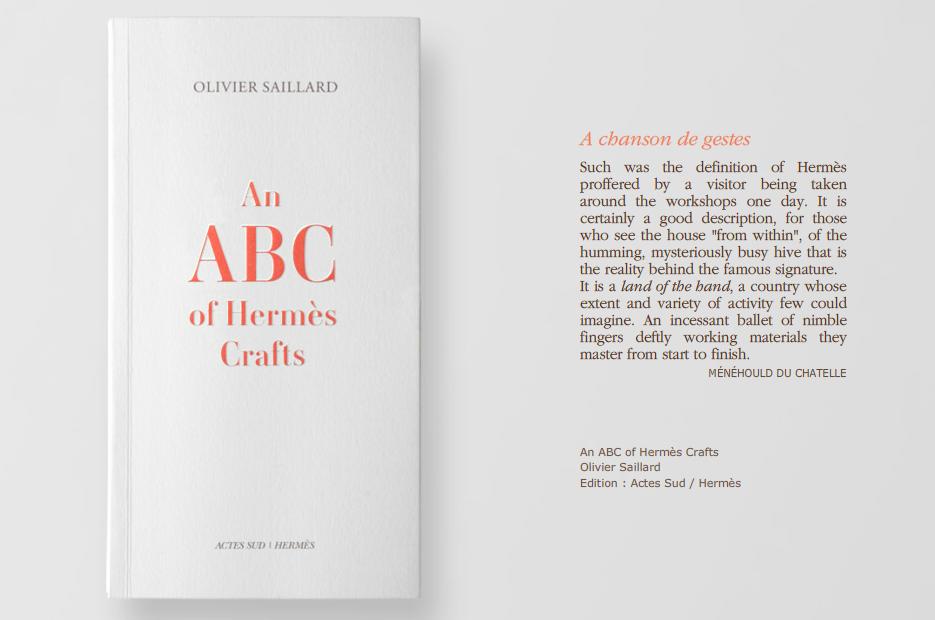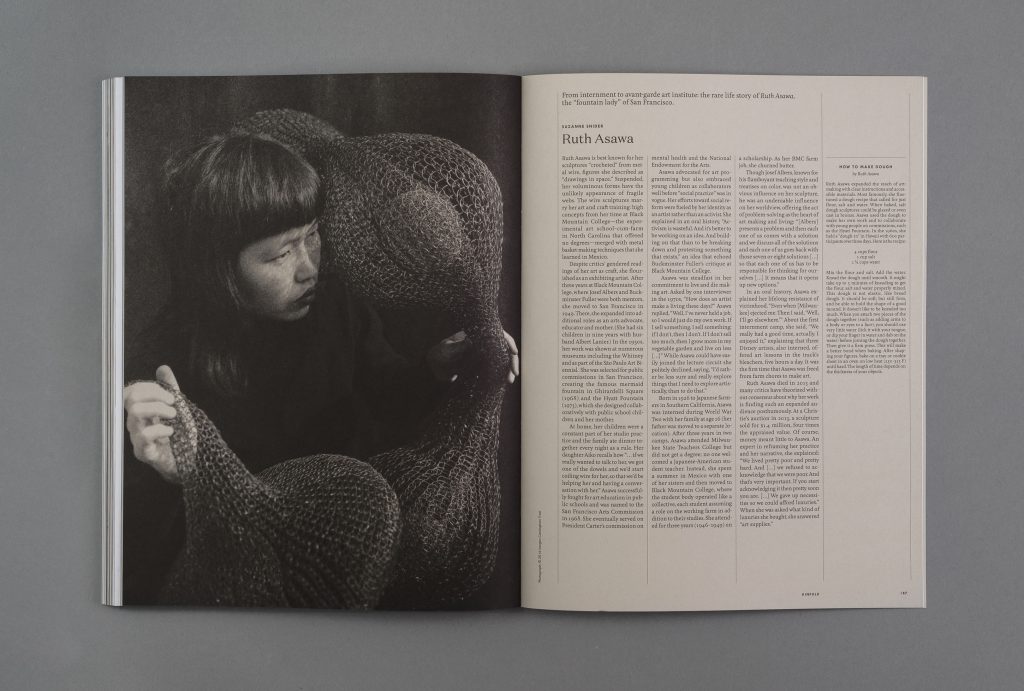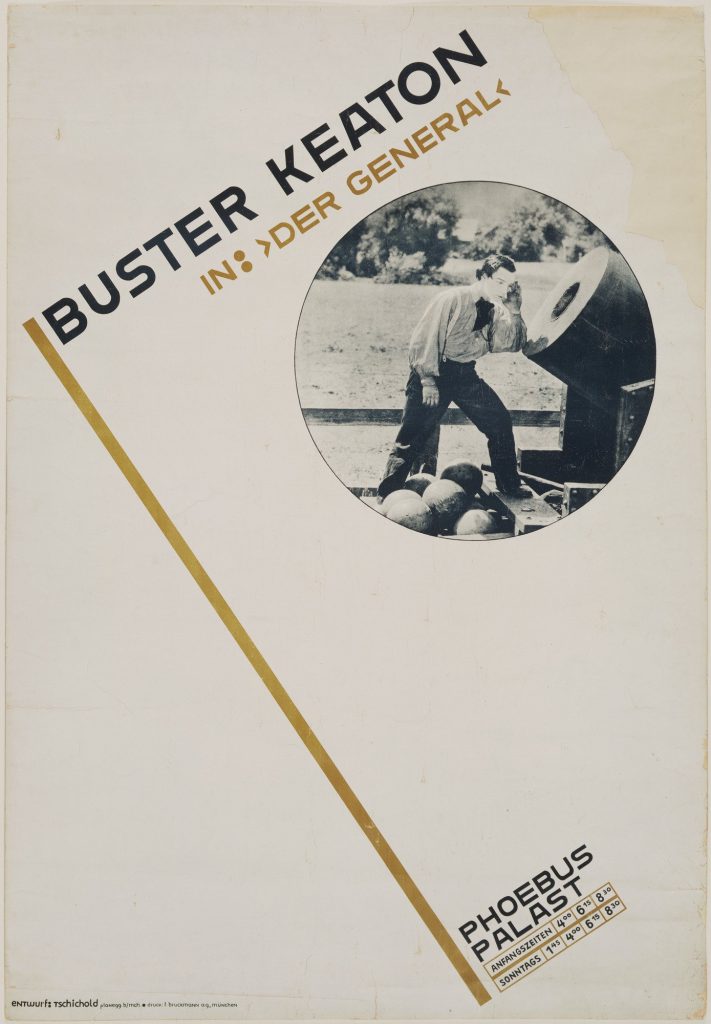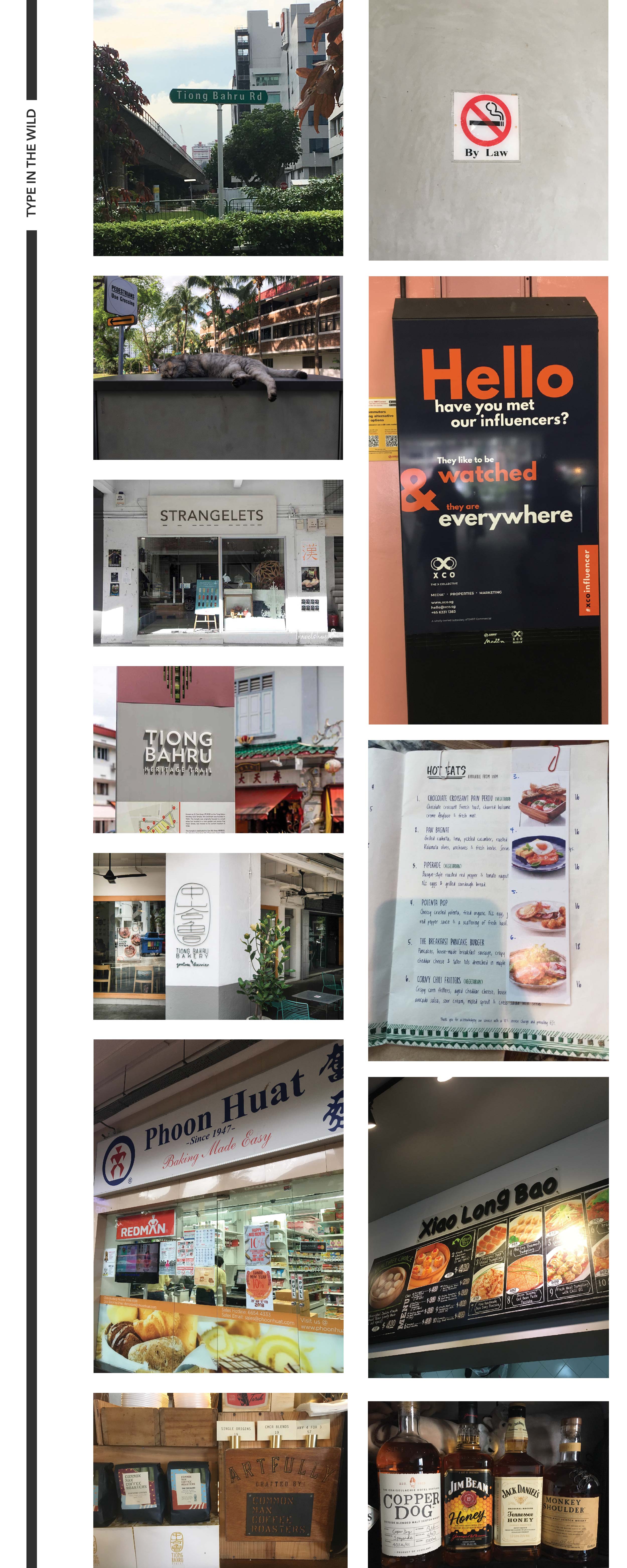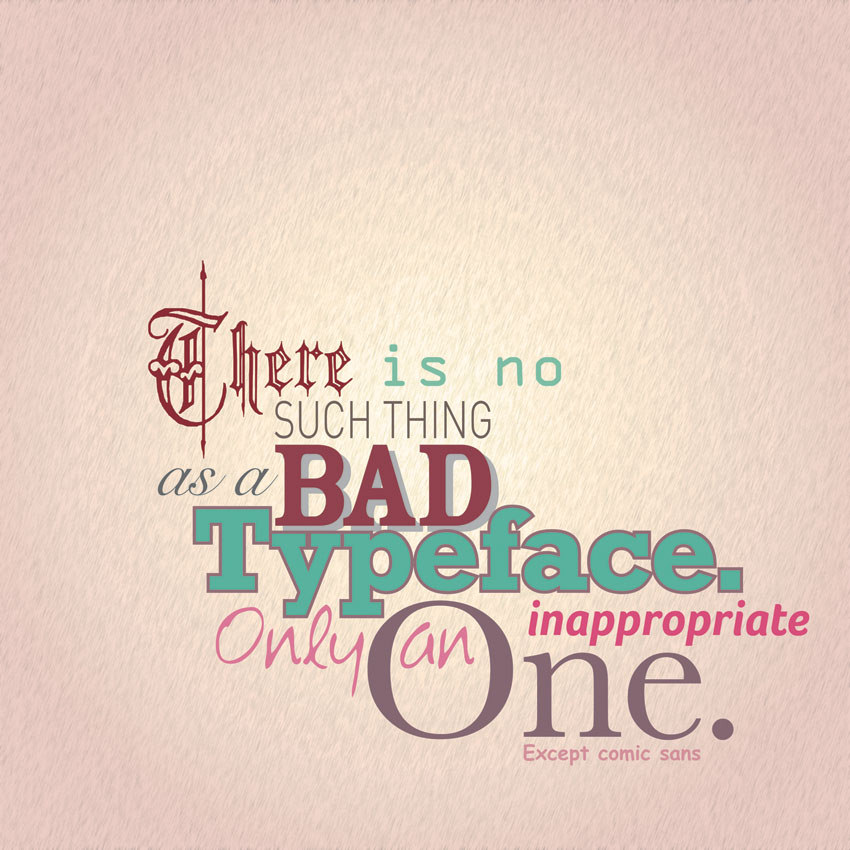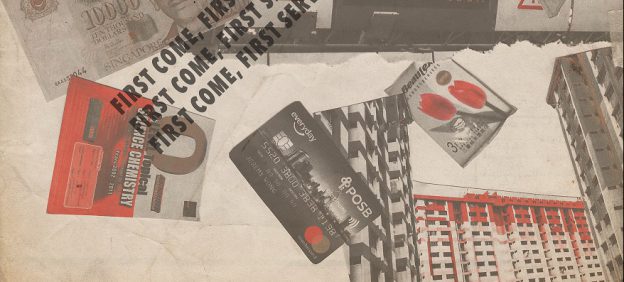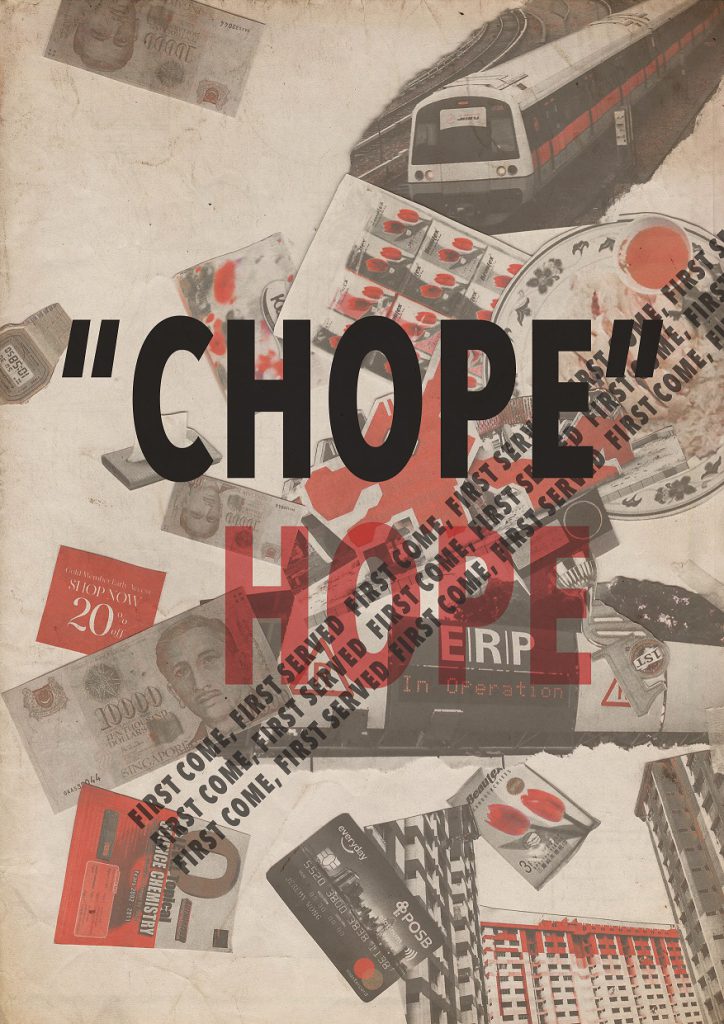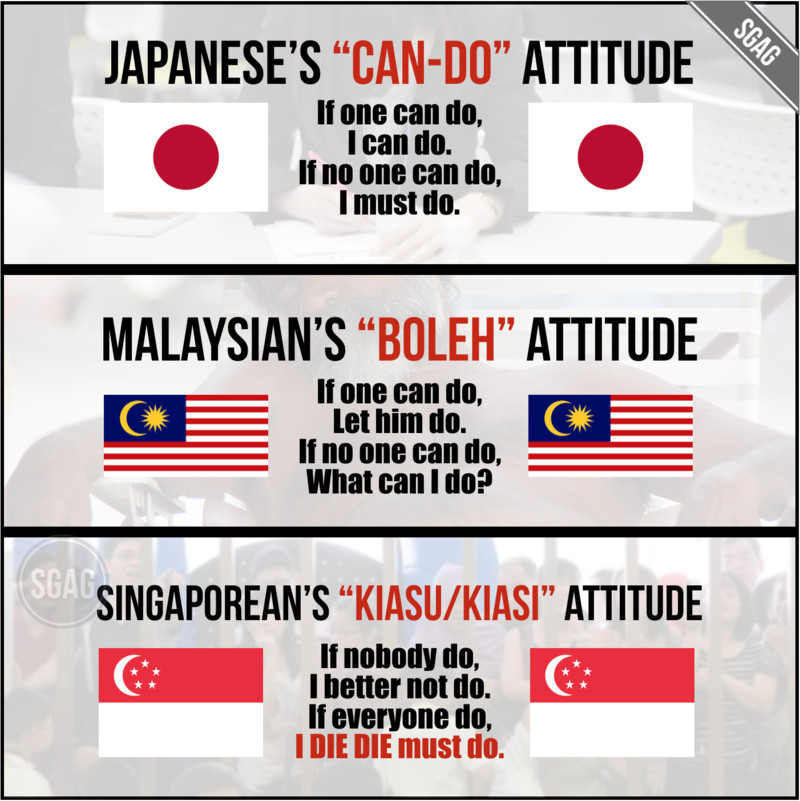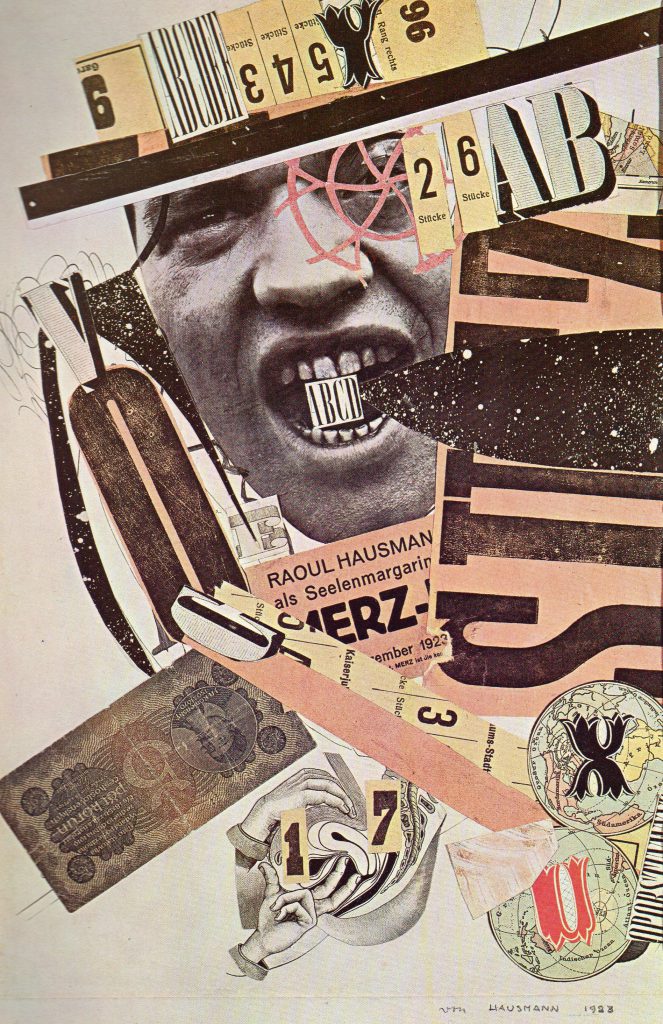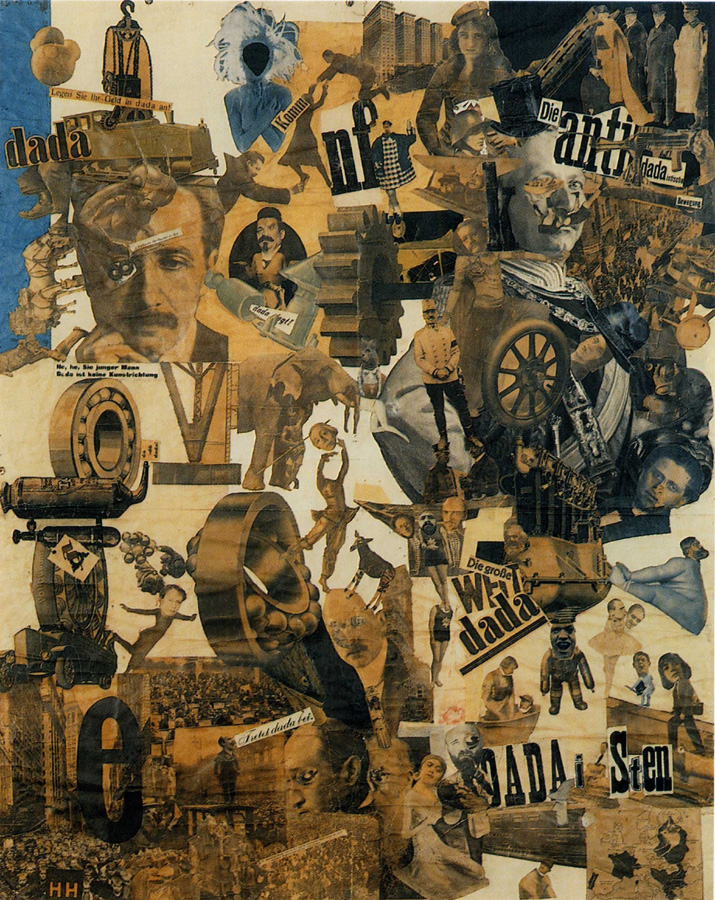The Little Red Dot? Where? All I see is a blue circle.
All Singaporeans should know that “the Little Red Dot” refers to Singapore. It is a nickname often used in the media, as a reference to Singapore. It refers to how the nation is depicted on many maps as a tiny red dot. The concept behind this piece is about Singapore, as a small country, being able to achieve immense growth throughout the years since independence in 1965. Today, this thriving city is the result of many generations’ of hard work.
Inspired by the Bauhaus art movement, I used the “ideal” colours of the square, triangle and circle to create a harmonious piece. The different shapes represent many different aspects of Singapore. When I explored the relationship between the colours and shapes, I felt that the red square looked rigid and intense, suitable for an aspect such as political power and political stability. The yellow triangle, looked warm yet edgy, which reminded me of how Singapore is uniquely multicultural and that this fusion has made the Singapore society and community exuberant. Lastly, the blue circle, which is the largest in proportion, represents the growth of Singapore, technologically and as a smart nation. Even though a circle may look dull, the blue gave it its vibrancy. Just like how Singapore may be a really small country, but it is developed and advanced for its size. Known for being a smart nation, I felt blue was the most suitable colour; a colour of intelligence, wisdom and trust. Rather than keeping the shapes straight, I arranged and intersected them, representing the harmonious, good balance in all aspects Singapore has. Regardless of being recognised as a “red dot”, this country is definitely more than just that.


